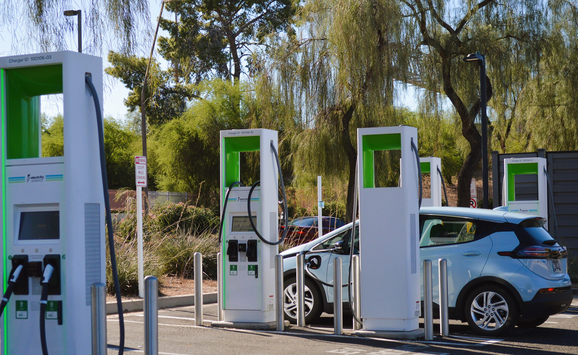Following a request from automakers, the Trump administration recently announced its intent to revisit standards introduced under President Obama that would roughly double new vehicle fuel economy in the United States. The Obama administration argued that the standards would result in both private and public benefits—in the form of fuel savings to consumers, lower greenhouse gas (GHG) emissions, and increased security from reduced fuel use. The Trump administration’s new assessment of the standards will likely include lower estimates of the benefits of cutting GHG emissions and of the energy security gains from curtailing oil use.
However, even with lower estimates of the public benefits, and accounting for the effect of lower gasoline prices on fuel savings, the overall benefits of the rules are still likely to exceed their costs. And, new vehicle standards have been a popular way to address climate and energy security issues. The American public has supported them since they were first introduced in the 1970s. The public wants clean, well-performing vehicles, and the auto companies have delivered, up to this point. But the standards become increasingly tighter in the coming years, and the auto companies are concerned about their ability to comply. Rather than changing the standards themselves, we suggest that the new administration focus on ways to reduce the costs to both automakers and consumers of meeting them.
Revisiting the standards presents an opportunity to make the rules more consistent and more cost effective. Currently, there are two separate regulations: one by the National Highway Traffic Safety Administration (NHTSA) to set fuel economy standards, and one by the Environmental Protection Agency (EPA) to set GHG emissions standards. Because fuel consumption and GHG emissions are closely related to one another, the two standards essentially regulate the same thing. Although the two separate standards were designed to be fully consistent with each other, there are many ways in which they differ.
For example, each agency has its own compliance requirements for the auto companies, and sometimes these requirements are different. One area of difference is in how emissions credits can be earned and traded under each regulation, as we describe in a recent report on compliance credit trading. Each auto manufacturer must comply with both the NHTSA and EPA standards for each of their car and truck fleets. Averaging across the fleets allows manufacturers to over-comply with, for example, their car fleets, earning credits to offset a deficit in their truck fleets. This helps reduce costs for manufacturers that are able to inexpensively increase fuel economy for one fleet but not the other, while still meeting the overall standard. EPA’s program has no restrictions on averaging, but NHTSA currently restricts credit transfers between fleets, with a maximum annual transfer of 1.5–2 miles per gallon (mpg), depending on the year. This restriction makes it more costly to comply with the NHTSA rules than the EPA rules, but because the auto companies must comply with both, costs will be higher than if both agencies allowed credits to be freely traded between car and truck fleets.
Another difference pertains to the provision that allows automakers to bank credits to be used at a future time, and to use credits today banked from earlier times when they exceeded the standards. This flexibility reduces costs for the automakers by allowing them to find the lowest-cost path to compliance over time. But the two programs have different periods over which manufacturers can bank credits. Currently, EPA credits that were earned in 2010 are available to be used through 2021, whereas NHTSA credits earned in 2010 have already expired. The manufacturers will be more constrained in spreading their costs over time under the NHTSA program, resulting in higher overall compliance costs.
The two rules also vary in how they treat alternative fuel vehicles, and whether they allow fines to be paid in lieu of compliance with the standards. Differences also exist in how credits for fuel-saving technologies can be used. Finally, adding to the complexity and costs of implementing the regulations is the fact that each agency carries out separate analyses of the potential costs of the standards as well as their impact, using different baselines and underlying assumptions.
Opportunities exist to reduce compliance costs and improve the efficiency of each program and the ways in which they interact—but policymakers should consider creating a single program that meets the goals of reducing GHG emissions and enhancing energy security. At a minimum, the Trump administration’s current review of the regulations should be fully coordinated between the two agencies, and should focus on making the rules more consistent and cost-effective.







